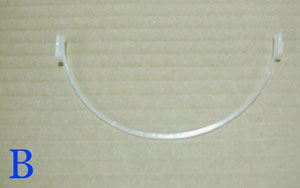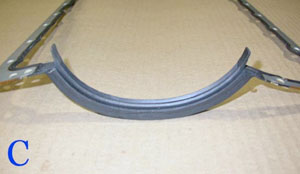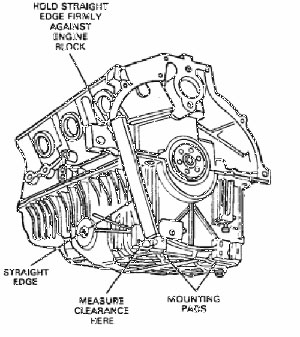The 4.0L Ford V6 has been a problem engine for oil leaks for years. This engine has been used in the Aerostar, Explorer and Ranger pickups.
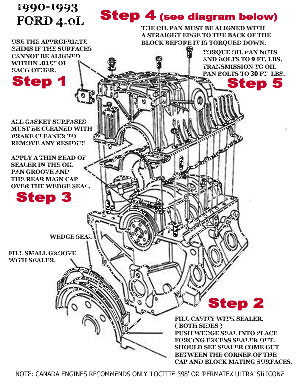
The most common oil leak on 1990-’93 4.0L engines is often diagnosed as a rear seal leak, but in most cases, the problem is usually found to be the rear of the oil pan gasket. Since 1990, when the 4.0L was first introduced, Ford redesigned the gasket twice and even the oil pan casting to eliminate the leaking issue.
The following installation tips from Canada Engines should help to prevent this costly and aggravating oil pan gasket leak.
The ’90 to ’93 gasket set will include a plastic wedge seal that goes into a groove in the main cap. The diagram (Figures 1 – 5) explains the steps to take for a successful installation.
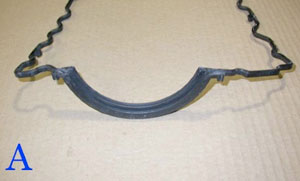
Source: Canada Engines LTD.
